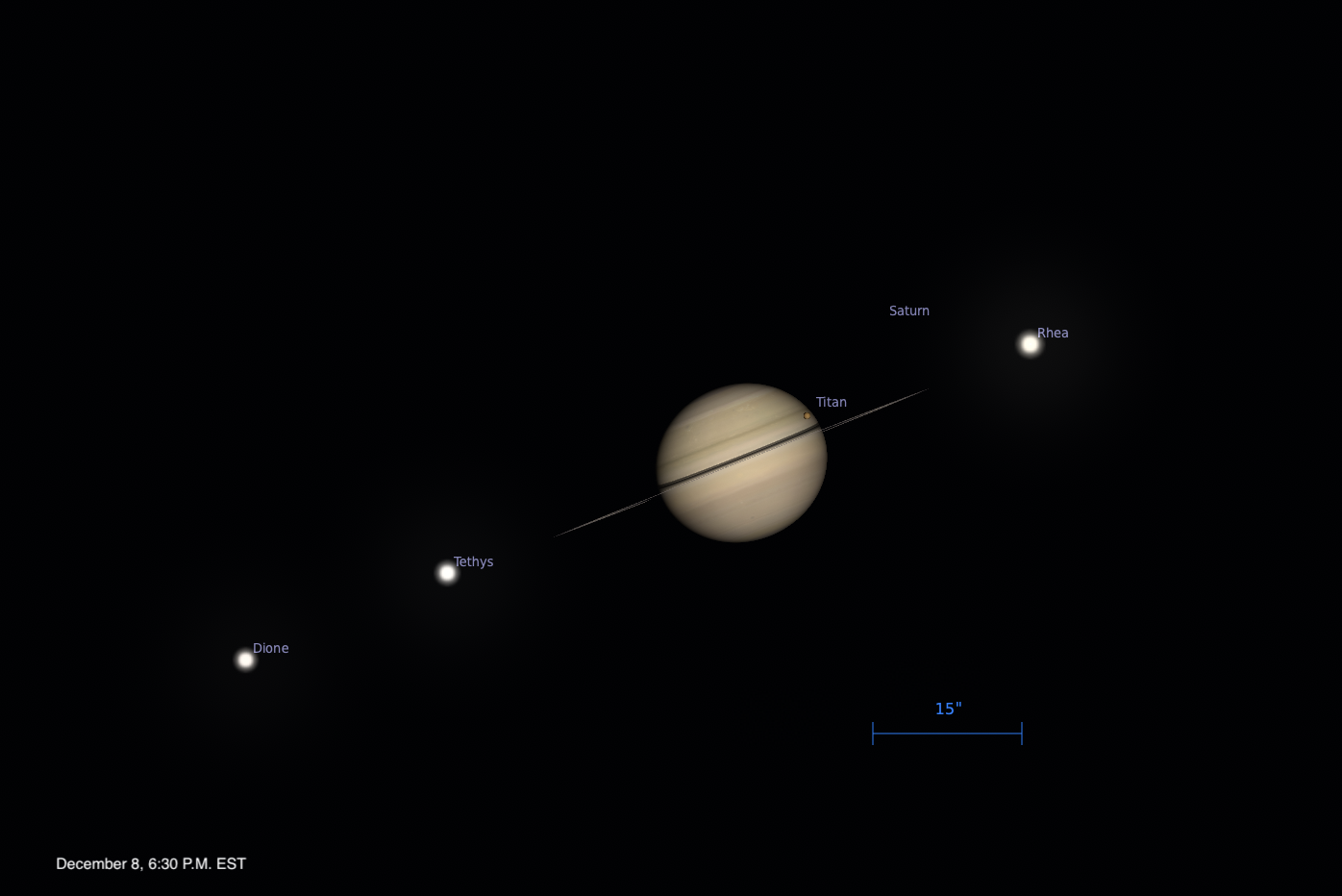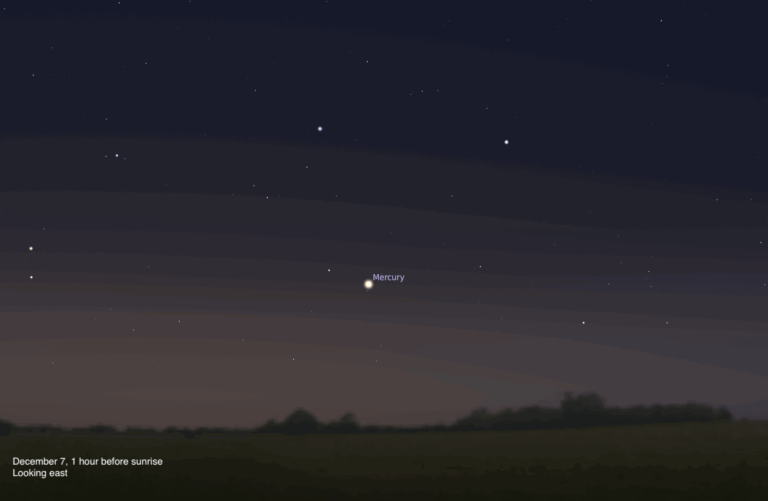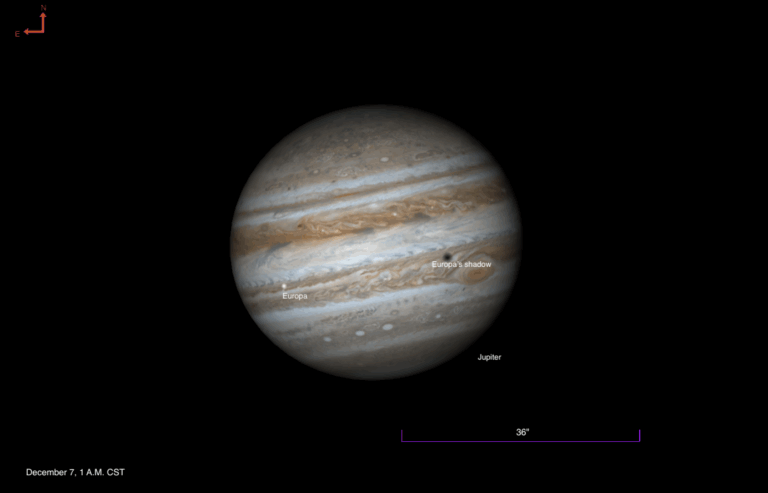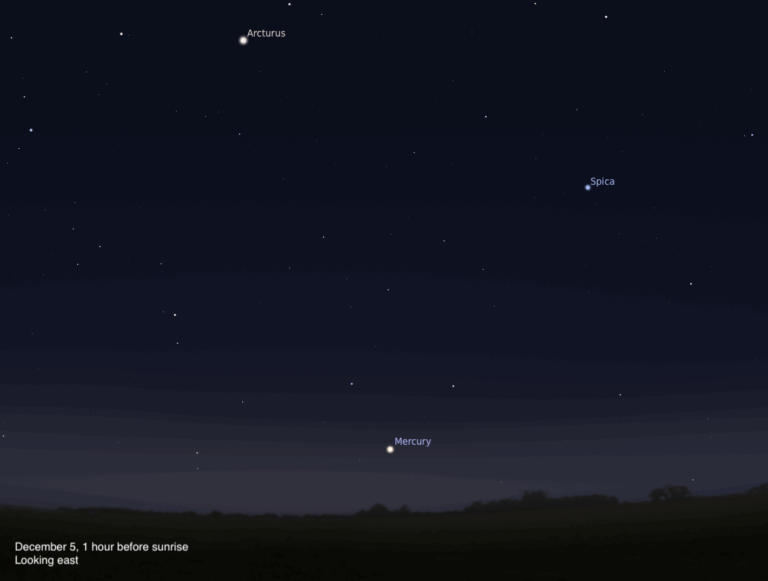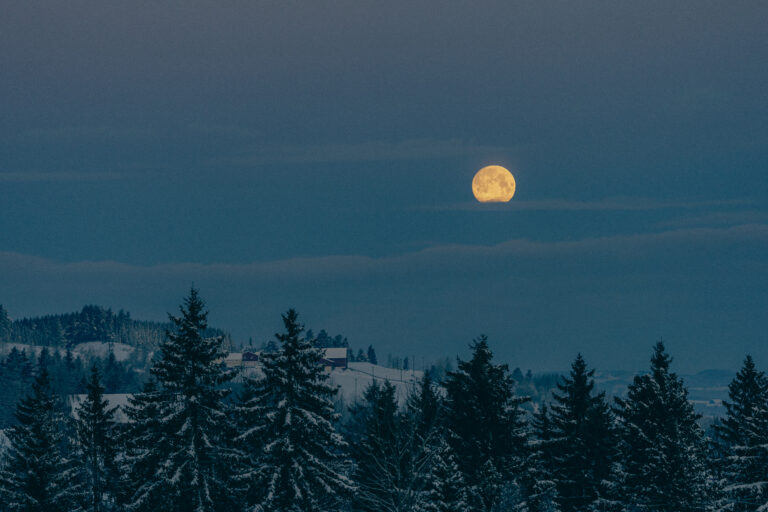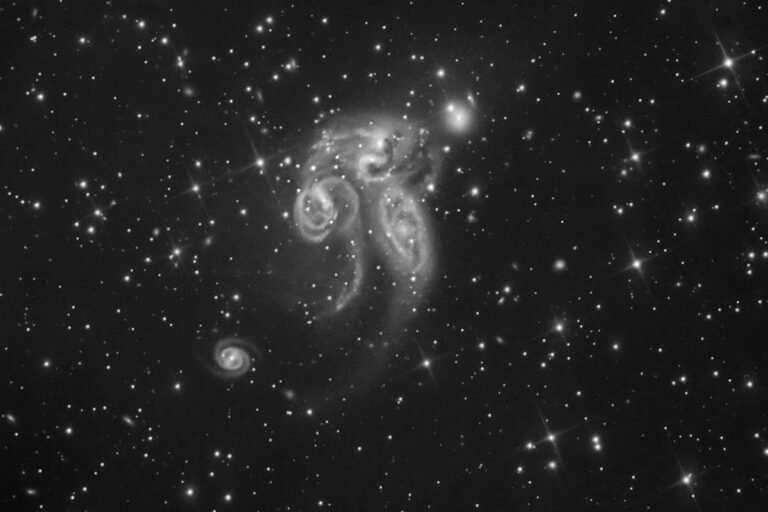Key Takeaways:
I’ve always liked the new year’s sky. In the theme of the season, it’s filled with one surprise after another. As sunset transitions to darkness, you’ll find several dwarf nebulae and clusters in a pair of constellations riding high. These little gems visually span less than 10′ in angular extent, but most observers can view them through a 4-inch telescope. A few of them demand a dark site, and for some a nebula filter is a requirement. The ones I’ve chosen populate the boundary region between Auriga and Perseus, which now reigns supreme around 9 p.m. local time. I’ll start with the most conspicuous ones and then lead you to fainter quarry.
NGC 1333
You’ll find this bright (6th-magnitude) but tiny (3′-wide) reflection nebula about 3¼° west-southwest of magnitude 3.8 Atik (Omicron [ο] Persei). Start with low power, and look for a magnitude 10.5 star surrounded by a halo of light. Higher magnifications reveal a faint curved tail of nebulosity connecting to a magnitude 12 star to the southwest. If you spot it, do you, like me, think the nebula resembles a comma?
Astronomy magazine subscribers can read the full column for free. Just make sure you’re registered with the website.


